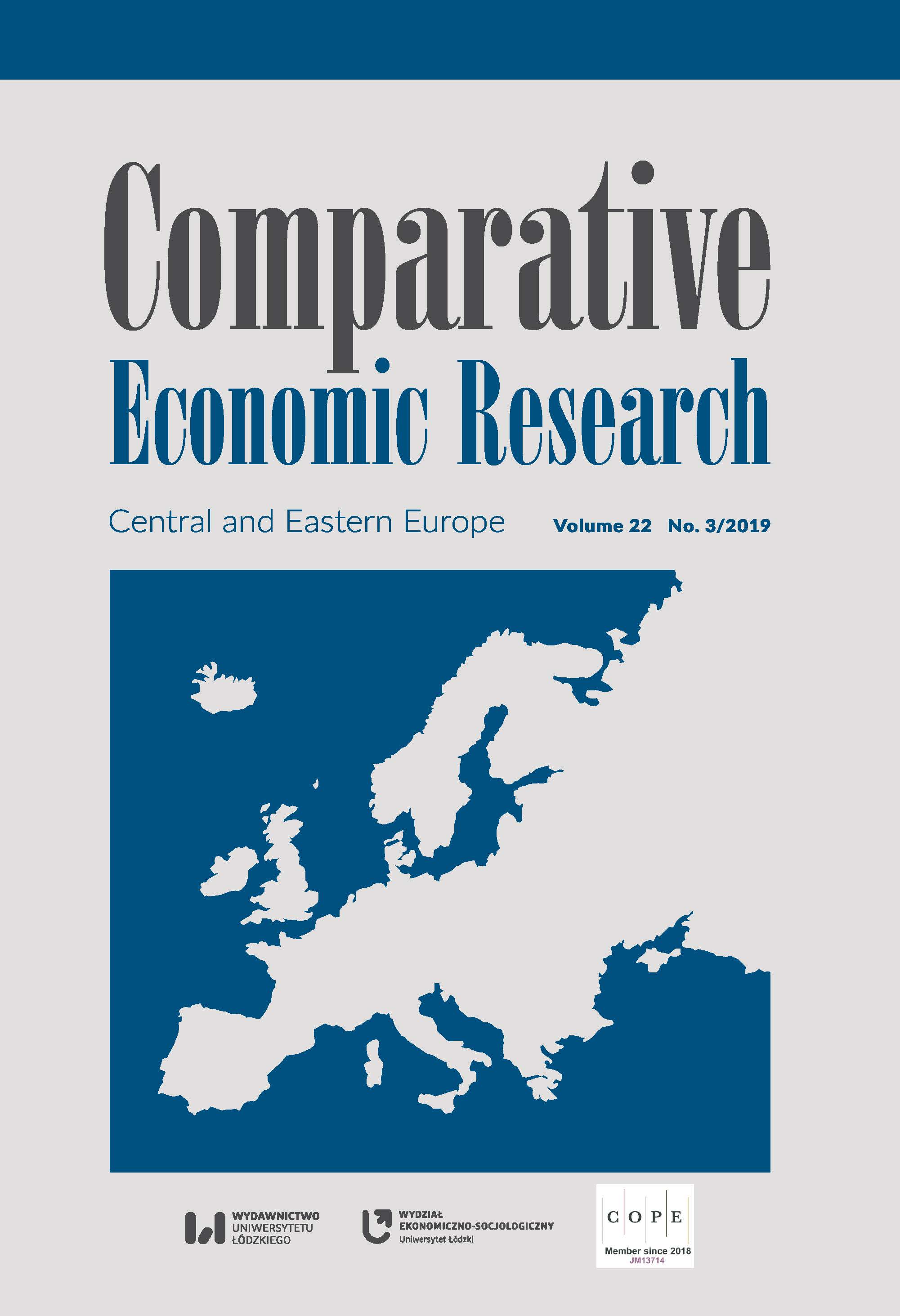Reserve Currency Status as a Safe Asset Determinant. Empirical Evidence from Main Public Issuers in the Period 2005–2017
Reserve Currency Status as a Safe Asset Determinant. Empirical Evidence from Main Public Issuers in the Period 2005–2017
Author(s): Ewa Feder-Sempach, Joanna Bogołębska, Ewa Stawasz-GrabowskaSubject(s): National Economy, Developing nations, Public Finances
Published by: Wydawnictwo Uniwersytetu Łódzkiego
Keywords: safe assets;developed economies;government bonds;reserve currencies;
Summary/Abstract: Safe assets are recognized as being the cornerstone of contemporary financial systems. Due to financial globalization and massive international capital flows, they transformed into global safe assets, meaning that both demand and supply sides can be created by international investors. The article consists of two main parts. The first one concentrates on the theoretical issues of safe assets: definitions, attributes, categories of investors who search for them, as well as categories of suppliers. The theoretical considerations lead to the conclusions that only debt instruments can be used as safe assets, and due to limited substitutability between private and public issues, only the latter can perform this function properly, especially in times of stress. In the context of global safe asset considerations, it seems reasonable that only countries issuing reserve currencies can become public issuers of safe assets. The empirical analysis presented in the second part of the article confirms the theoretical predictions. A study of sovereign bond yield differentials conducted for two groups of countries (issuers of reserve currency and non‑issuers but possessing the highest credit ratings) shows that in the period 2005-2017, the spreads in the first group were depressed by the mere fact they held the status of a reserve currency issuer.
Journal: Comparative Economic Research. Central and Eastern Europe
- Issue Year: 22/2019
- Issue No: 3
- Page Range: 65-81
- Page Count: 17
- Language: English

